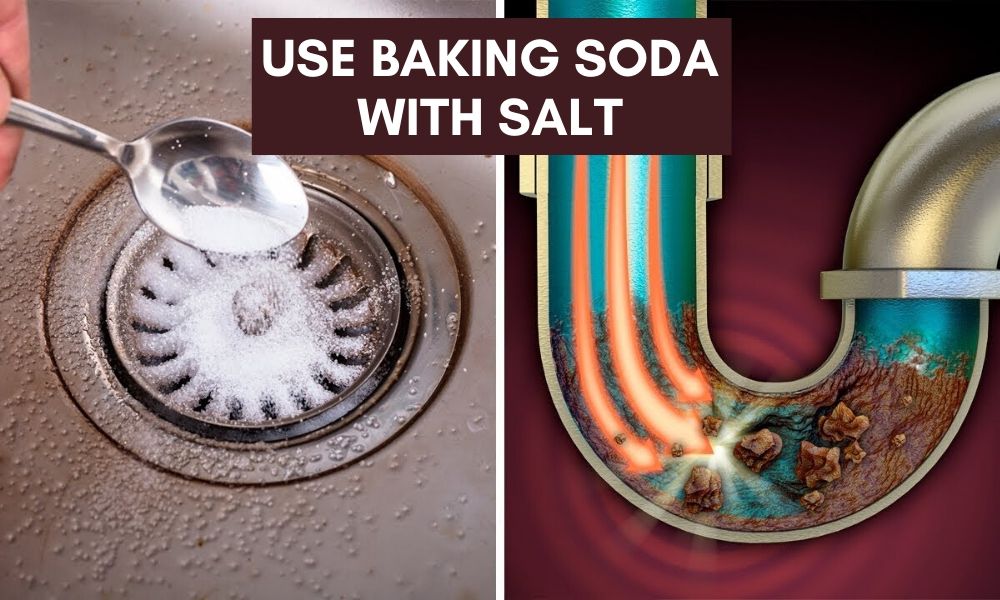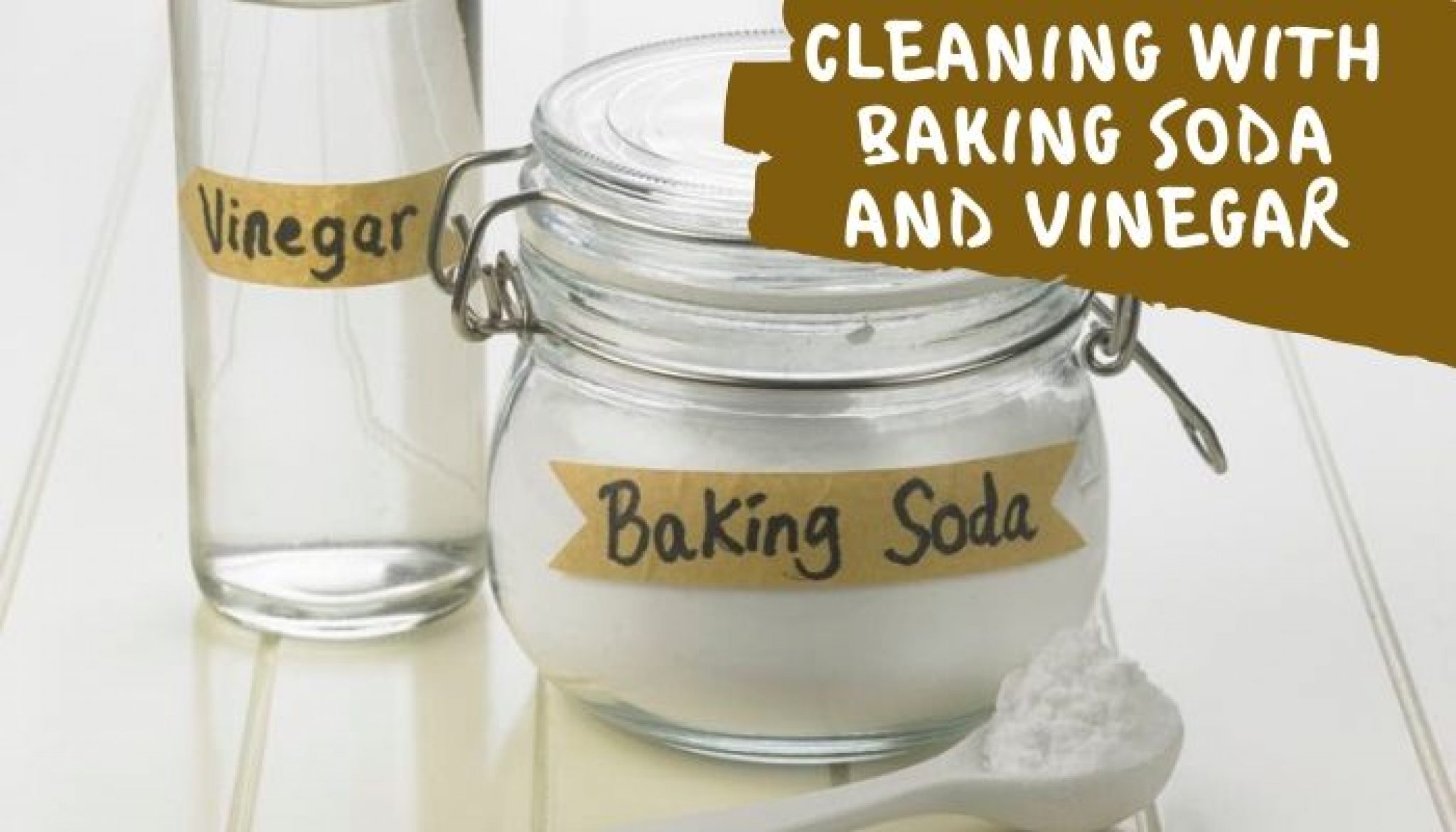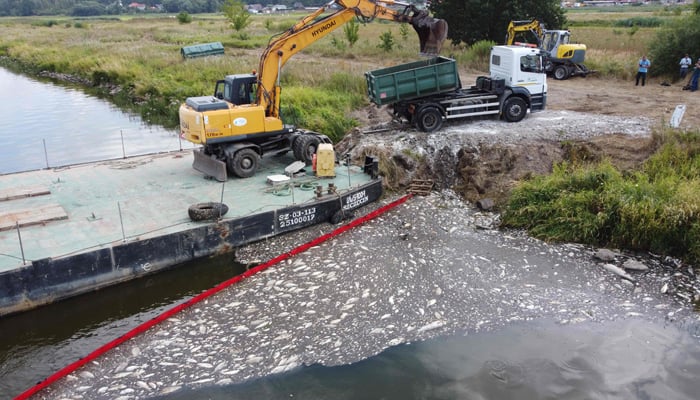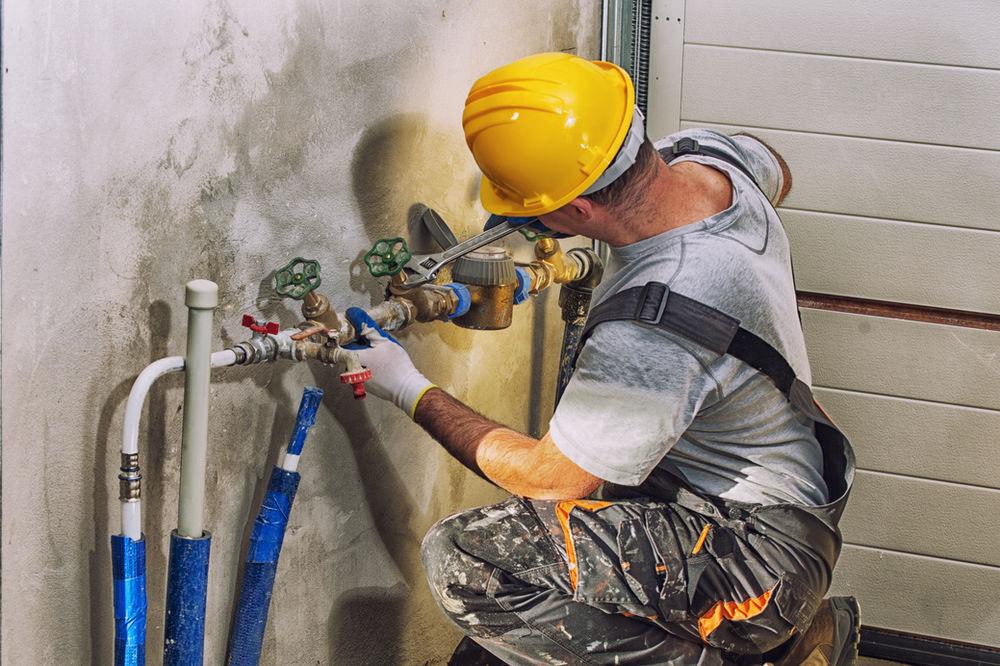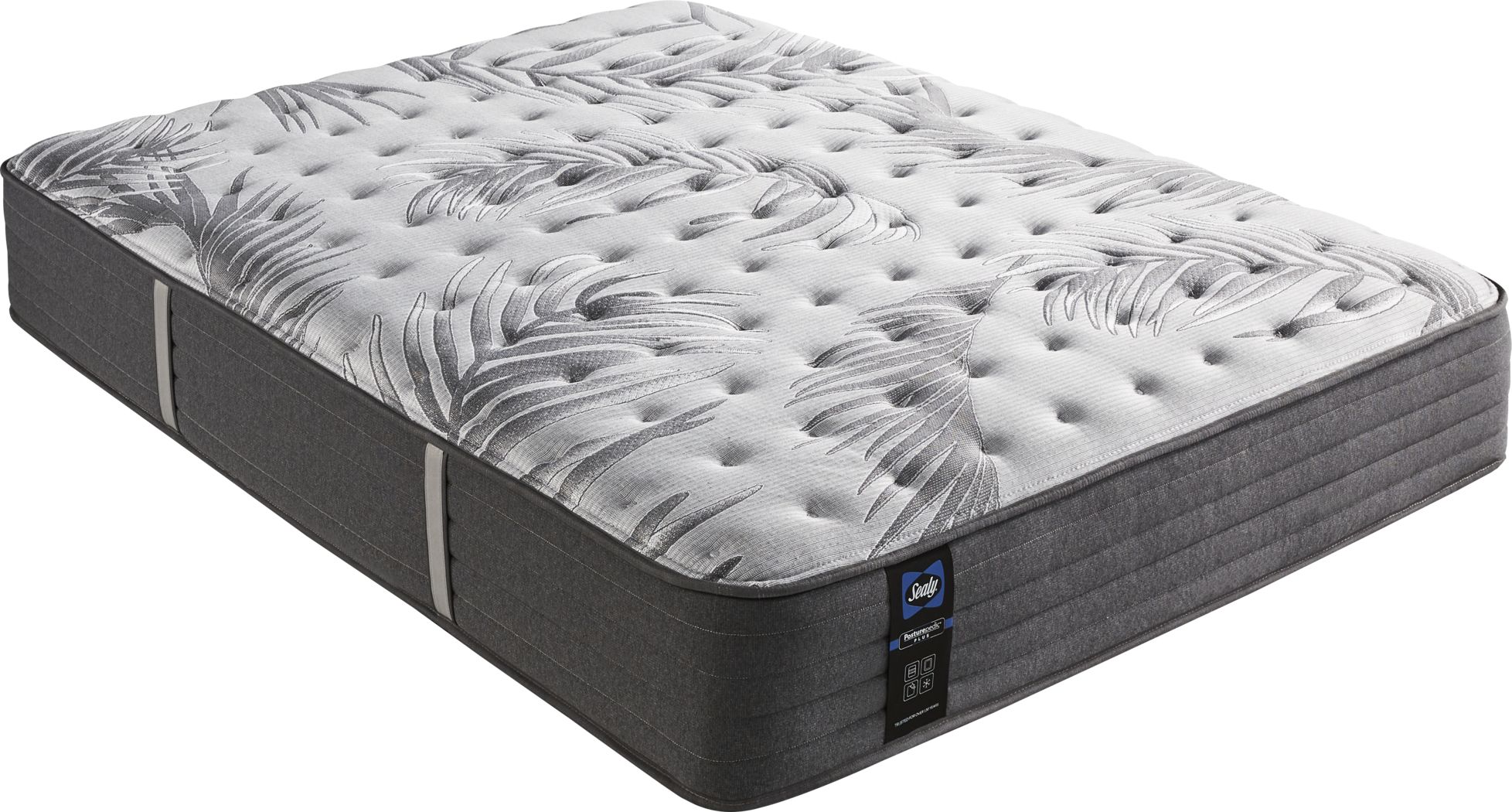If you're dealing with a clogged kitchen sink due to potato peels, the first thing you should try is using a plunger. This simple yet effective tool can help to dislodge the clog and get your sink draining properly again. Make sure to cover the drain completely with the plunger and plunge up and down vigorously to create suction and push the clog through. You may need to repeat this process a few times to fully clear the clog.1. Use a plunger to dislodge the clog in the sink
If the plunger doesn't seem to be doing the trick, try pouring boiling water down the drain. This can help to break up the potato peels and allow them to pass through the pipes. You can also add a small amount of dish soap to the boiling water for added lubrication. Be careful when handling boiling water and make sure to pour slowly to avoid splashing.2. Pour boiling water down the drain to break up the potato peels
Another natural and effective method for unclogging a kitchen sink is using a mixture of baking soda and vinegar. Start by pouring half a cup of baking soda down the drain, followed by half a cup of vinegar. The mixture will fizz and bubble, which helps to break down the clog. Let it sit for about 15 minutes, then pour boiling water down the drain to flush out the loosened debris.3. Use a mixture of baking soda and vinegar to dissolve the clog
If the clog is stubborn and won't budge with the above methods, you may need to use a plumbing snake. This long, flexible tool can reach deep into your pipes to break up and remove the clog. Insert the snake into the drain and twist it as you push it through the pipes. Once you feel resistance, continue twisting and pulling back to remove the clog.4. Try using a plumbing snake to remove the clog
If you're in a hurry and don't have time to try DIY methods, you can also use a commercial drain cleaner to unclog your kitchen sink. Look for a product specifically designed for kitchen sinks and follow the instructions on the bottle. Keep in mind that these cleaners contain harsh chemicals, so make sure to use them in a well-ventilated area and wear gloves to protect your skin.5. Use a commercial drain cleaner specifically designed for kitchen sinks
If you have a wet/dry vacuum, you can also use it to suck out the clog in your kitchen sink. First, make sure to set the vacuum to wet mode. Then, cover the drain with the vacuum hose and turn it on. The suction should be strong enough to pull out the clog. You may need to repeat this process a few times to fully clear the clog.6. Use a wet/dry vacuum to suck out the clog
The P-trap is a curved pipe located under your sink that is designed to trap debris and prevent it from clogging your pipes. If none of the above methods seem to be working, you may need to remove the P-trap and clean it out. Place a bucket under the trap to catch any water and debris that may come out. Then, unscrew the trap and use a wire brush to clean out any built-up debris.7. Remove the P-trap under the sink and clean it out
If the baking soda and vinegar method alone didn't work, you can try adding some salt to the mixture. Salt helps to create an abrasive surface that can help to break up the clog. Mix equal parts of salt, baking soda, and vinegar and pour it down the drain. Let it sit for 15 minutes, then flush it out with boiling water.8. Use a combination of salt, baking soda, and vinegar to break up the clog
If you can see the clog in your sink, you may be able to use a wire hanger to remove it. Straighten out a wire hanger and create a small hook at one end. Insert the hook into the drain and try to hook onto the clog. Once you have a good grip, pull it out of the drain. This method may take a few tries, but it can be effective for small clogs.9. Use a wire hanger to fish out the clog
If you've tried all of the above methods and still can't unclog your kitchen sink, it's time to call in the professionals. A licensed plumber will have the tools and expertise to properly diagnose and fix the issue. They can also provide tips on how to prevent future clogs in your kitchen sink. Dealing with a clogged kitchen sink can be frustrating, especially when it's caused by potato peels. But with these 10 methods, you should be able to unclog your sink and get back to your daily routine in no time.10. Call a professional plumber if all else fails
Why Potato Peels are Clogging Your Kitchen Sink and How to Prevent it
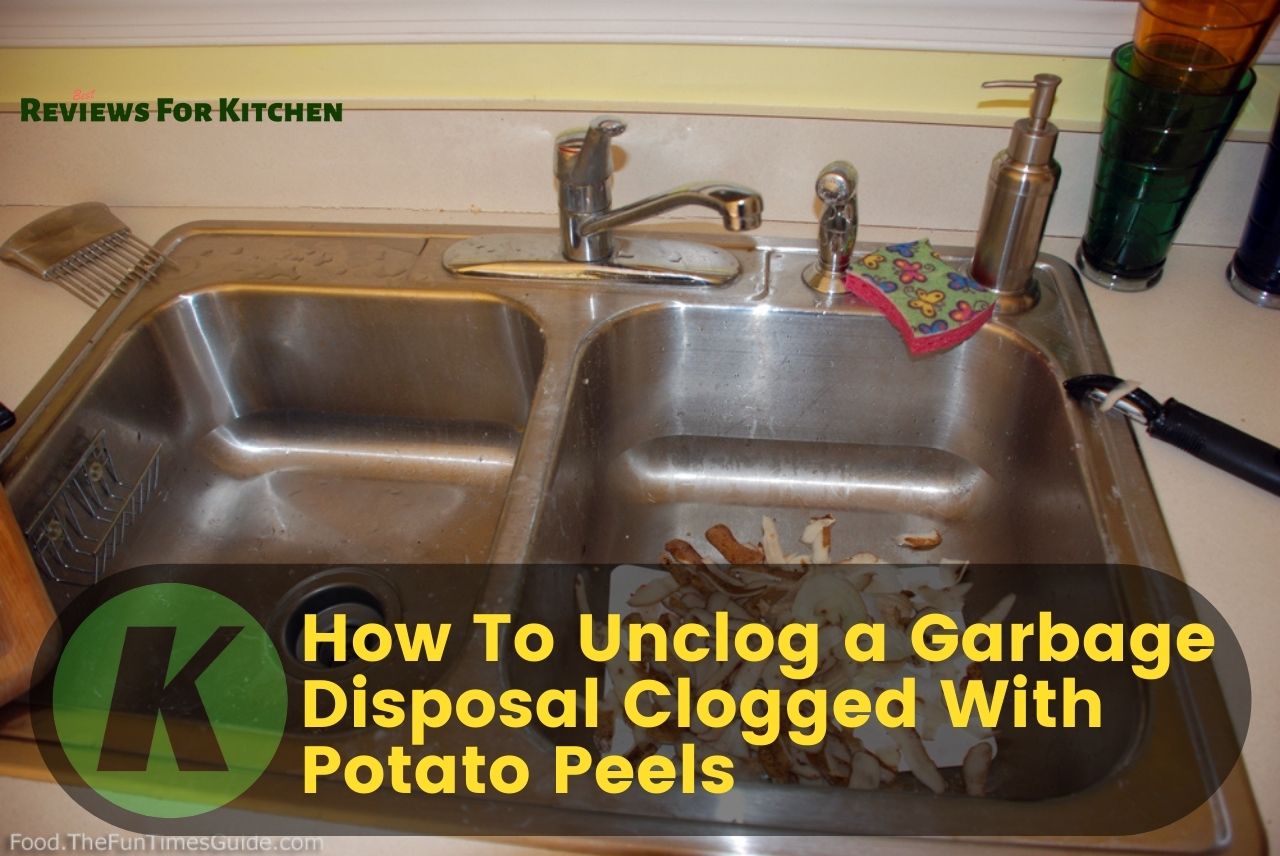
The Hidden Culprit
 Potato peels may seem harmless, but they can actually cause a major headache when it comes to your kitchen sink. When you peel potatoes over the sink, the small pieces of peel can easily get caught in the drain and create a buildup over time. This can lead to clogs and slow drainage, causing frustration and inconvenience in your daily routine.
Potato peels may seem harmless, but they can actually cause a major headache when it comes to your kitchen sink. When you peel potatoes over the sink, the small pieces of peel can easily get caught in the drain and create a buildup over time. This can lead to clogs and slow drainage, causing frustration and inconvenience in your daily routine.
The Solution
 The good news is that there are simple and effective ways to prevent potato peels from clogging your kitchen sink. First and foremost, it's important to be mindful of how you dispose of potato peels. Instead of tossing them down the sink, try composting them or throwing them in the trash. This will significantly reduce the amount of peels that end up in your drain.
The good news is that there are simple and effective ways to prevent potato peels from clogging your kitchen sink. First and foremost, it's important to be mindful of how you dispose of potato peels. Instead of tossing them down the sink, try composting them or throwing them in the trash. This will significantly reduce the amount of peels that end up in your drain.
Proper Maintenance
 In addition to being careful with how you dispose of potato peels, it's also important to regularly clean and maintain your kitchen sink to prevent clogs. Using a homemade drain cleaner made with equal parts of
baking soda
and
vinegar
can help break down any buildup and keep your drain clear. Additionally, using a plunger or plumbing snake can help dislodge any stubborn clogs.
In addition to being careful with how you dispose of potato peels, it's also important to regularly clean and maintain your kitchen sink to prevent clogs. Using a homemade drain cleaner made with equal parts of
baking soda
and
vinegar
can help break down any buildup and keep your drain clear. Additionally, using a plunger or plumbing snake can help dislodge any stubborn clogs.
Long-Term Solutions
 If you frequently peel potatoes and find that clogs are a recurring issue, it may be worth investing in a
garbage disposal
. This handy appliance can easily grind up food scraps, including potato peels, and prevent them from causing clogs in your sink. Another long-term solution is to install a
mesh drain cover
which will catch any small food particles before they have a chance to make their way into your drain.
If you frequently peel potatoes and find that clogs are a recurring issue, it may be worth investing in a
garbage disposal
. This handy appliance can easily grind up food scraps, including potato peels, and prevent them from causing clogs in your sink. Another long-term solution is to install a
mesh drain cover
which will catch any small food particles before they have a chance to make their way into your drain.
In Conclusion
 Potato peels may seem insignificant, but they can cause major issues in your kitchen sink if not properly disposed of. By being mindful of how you dispose of peels and regularly maintaining your sink, you can prevent clogs and keep your sink functioning smoothly. Consider implementing these tips to keep your kitchen sink free from potato peel-induced clogs.
Potato peels may seem insignificant, but they can cause major issues in your kitchen sink if not properly disposed of. By being mindful of how you dispose of peels and regularly maintaining your sink, you can prevent clogs and keep your sink functioning smoothly. Consider implementing these tips to keep your kitchen sink free from potato peel-induced clogs.













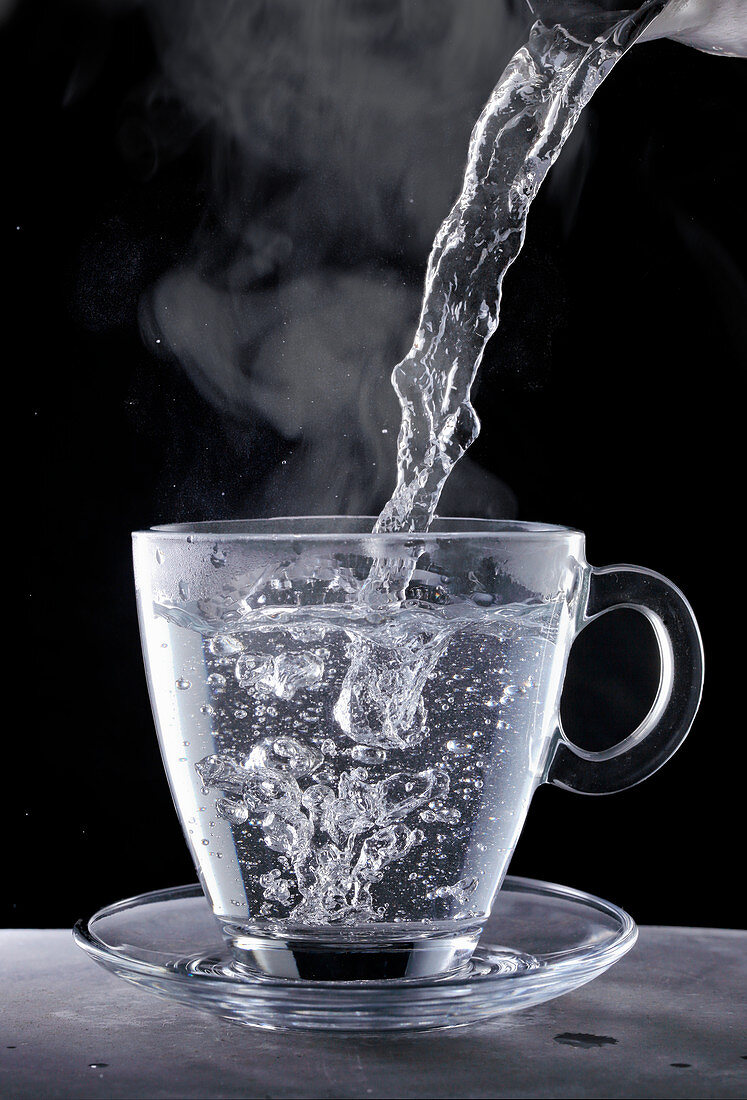



.jpg?time=1689761045394)
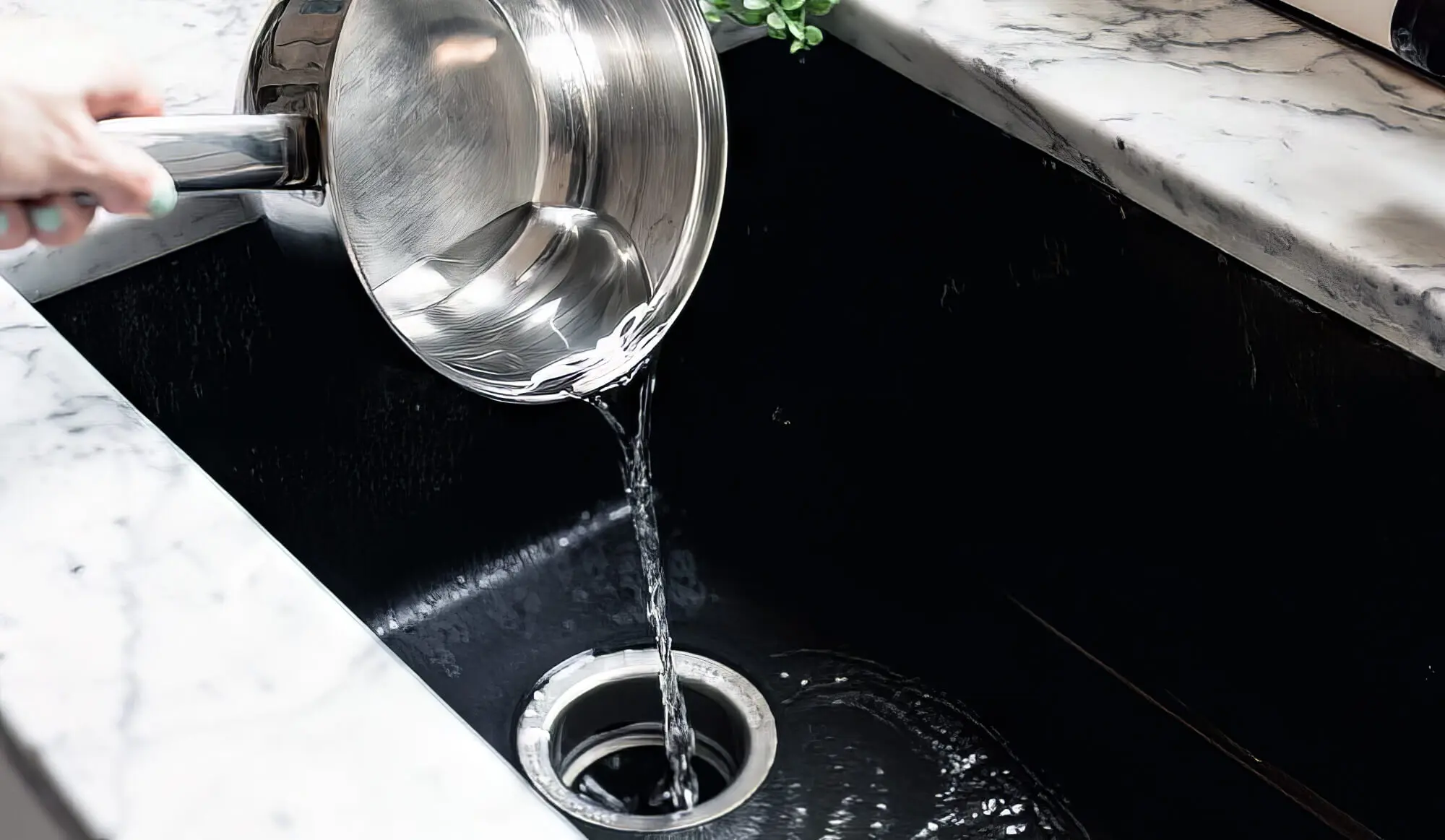

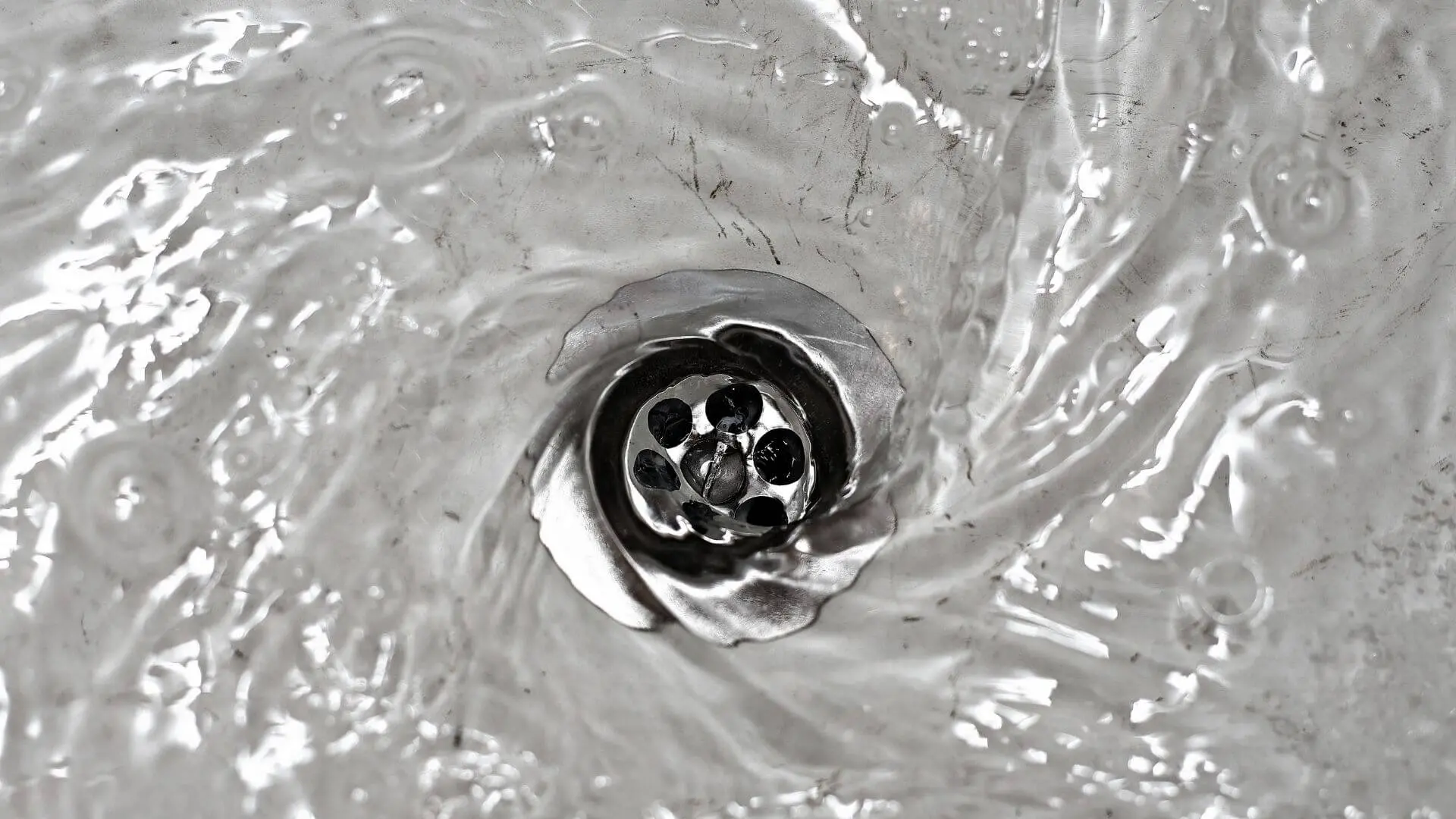
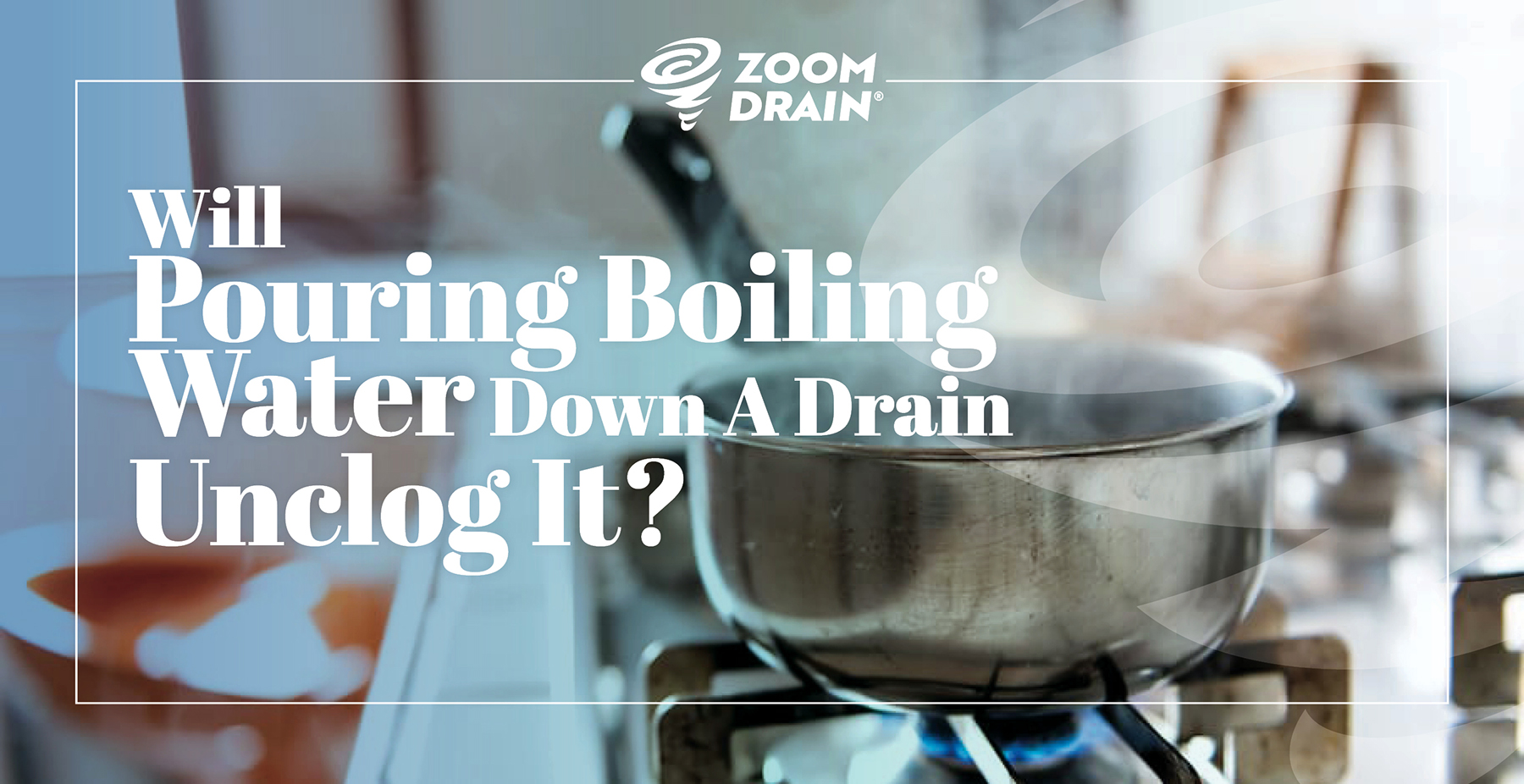

:max_bytes(150000):strip_icc()/GettyImages-1459148353-279aed56a15749c2a7310a882dbe3571.jpg)
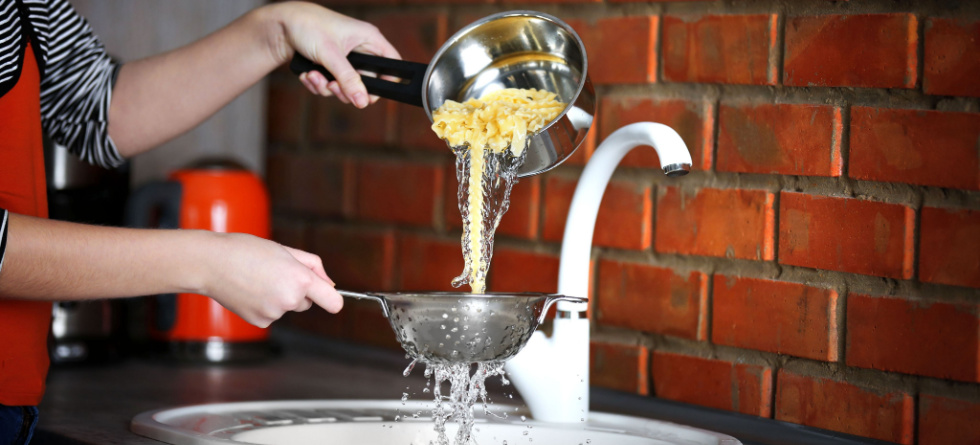





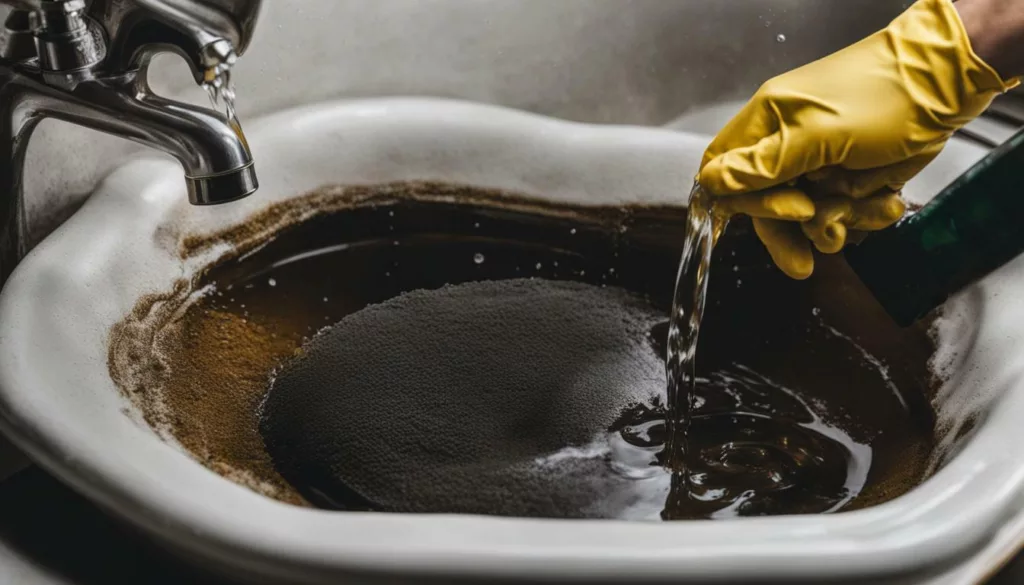





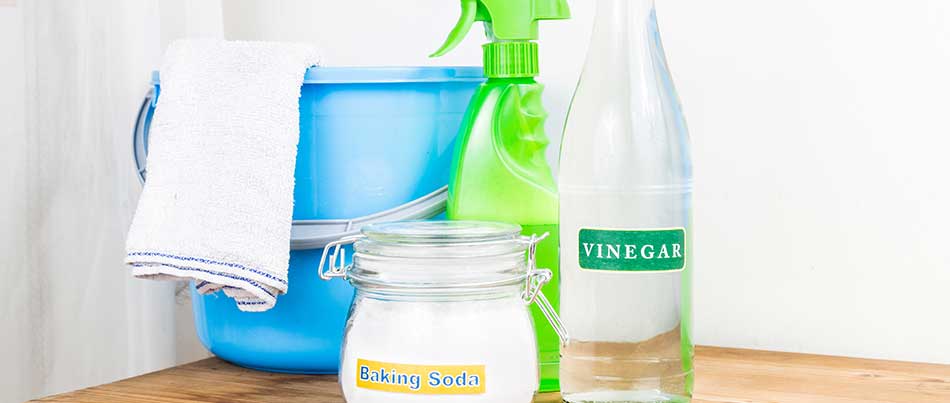


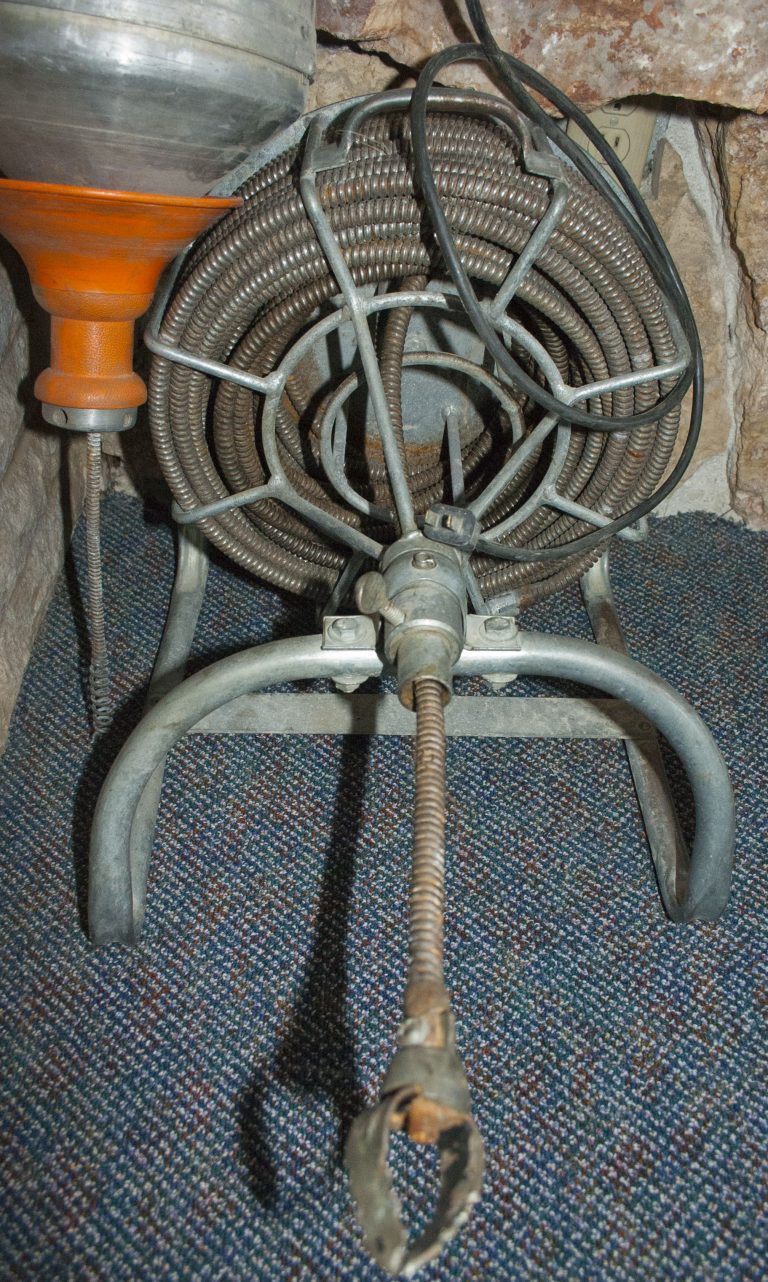




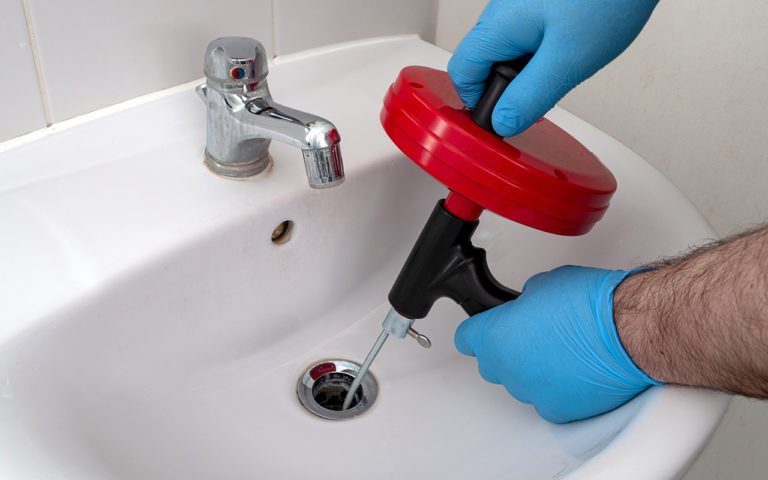




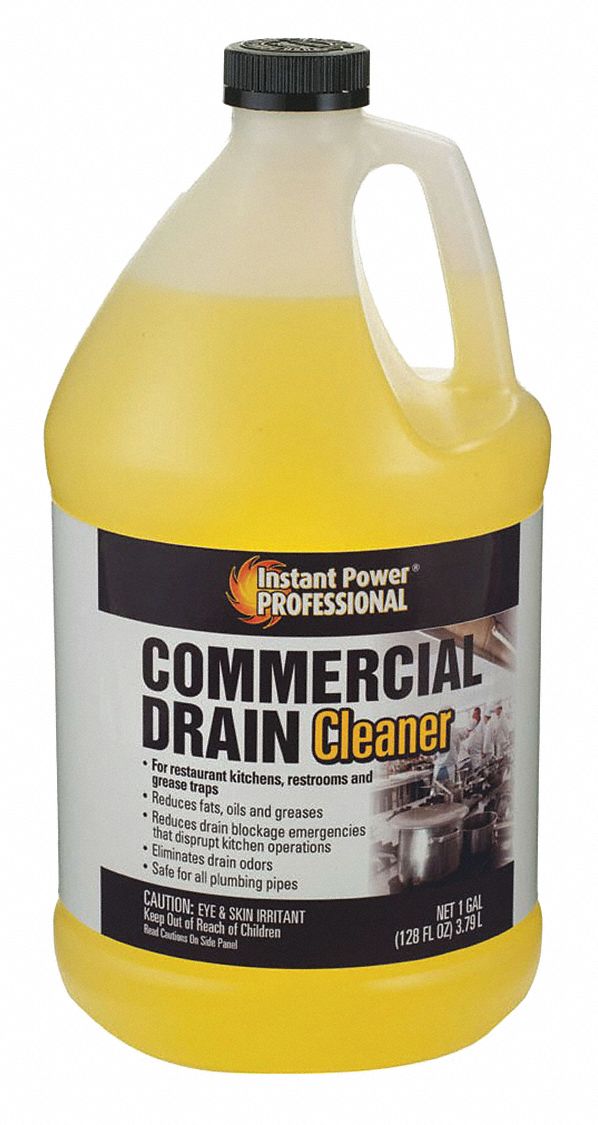


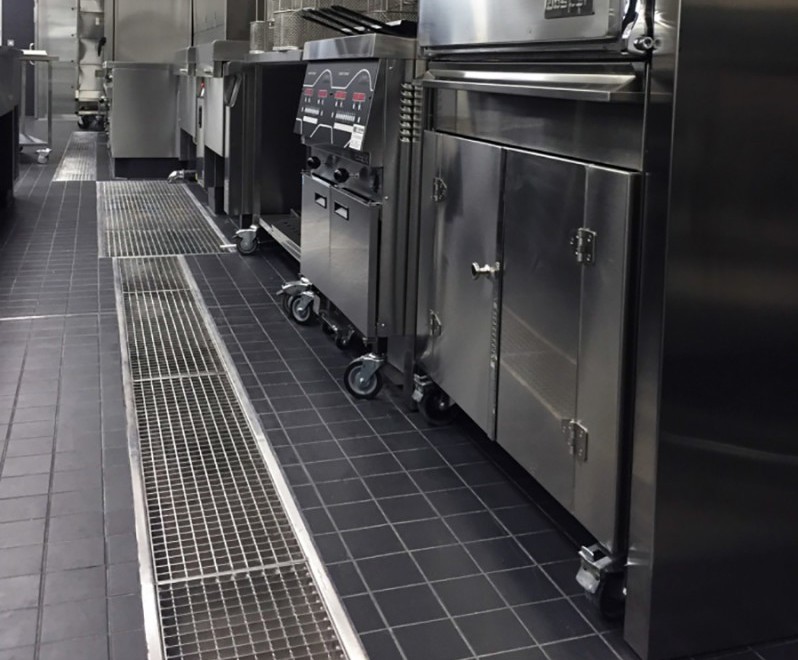



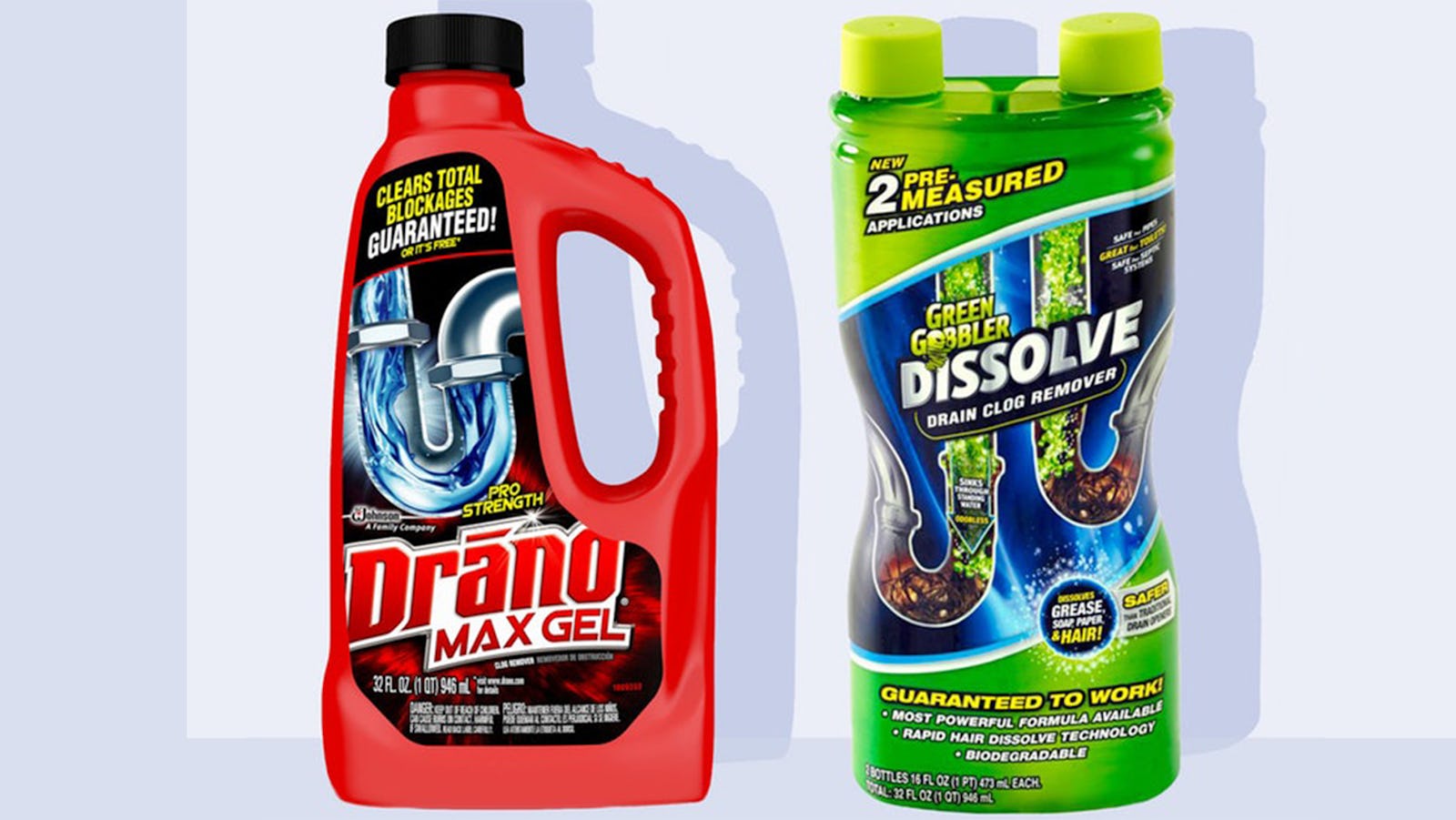

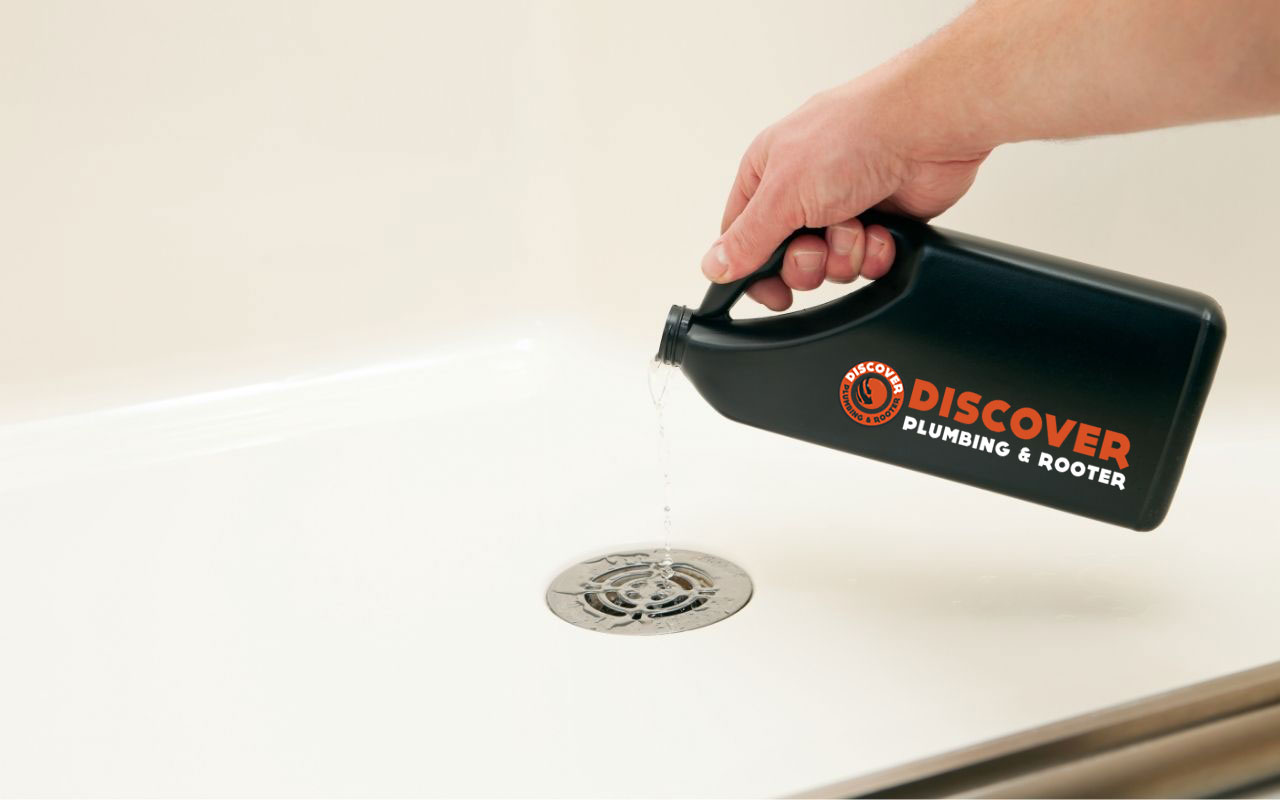
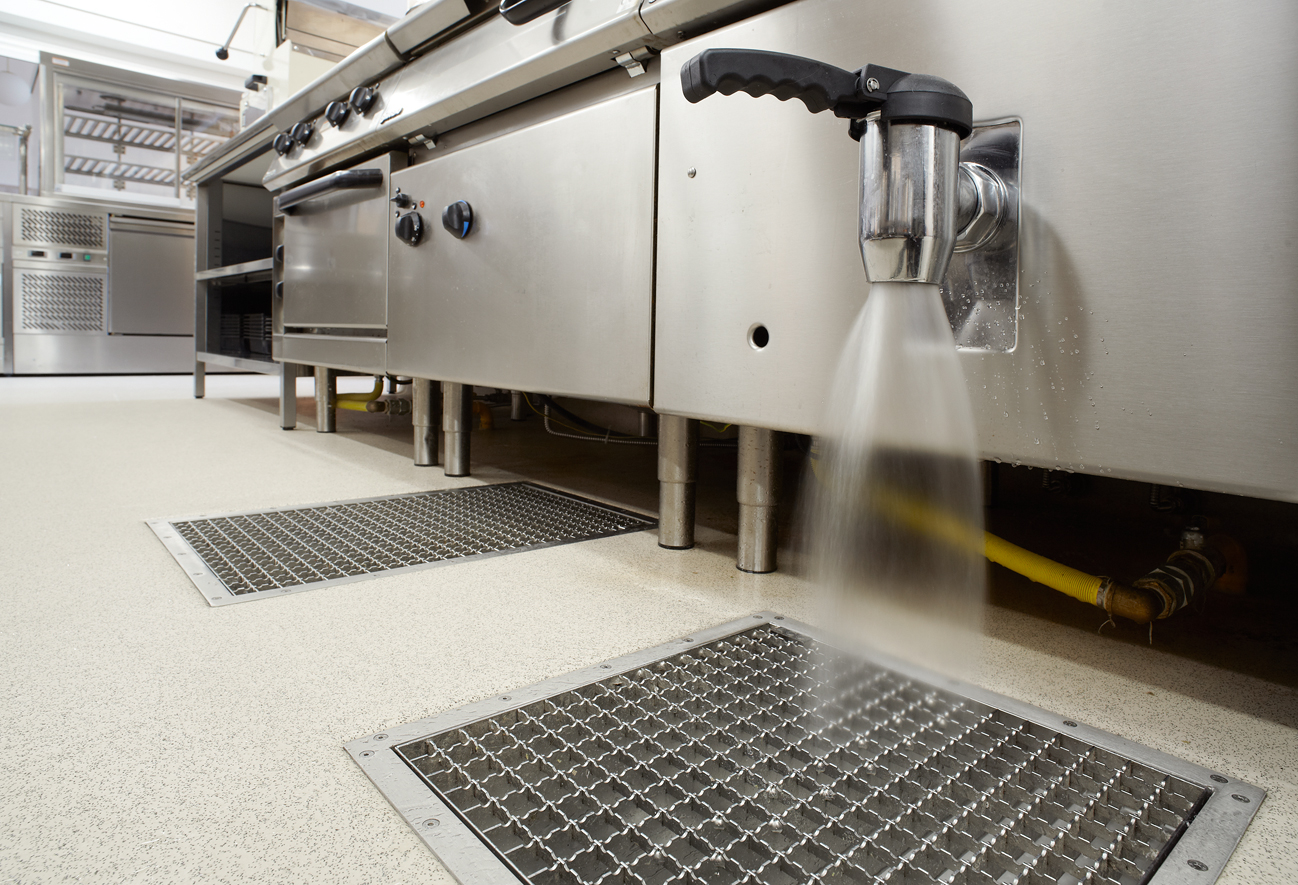












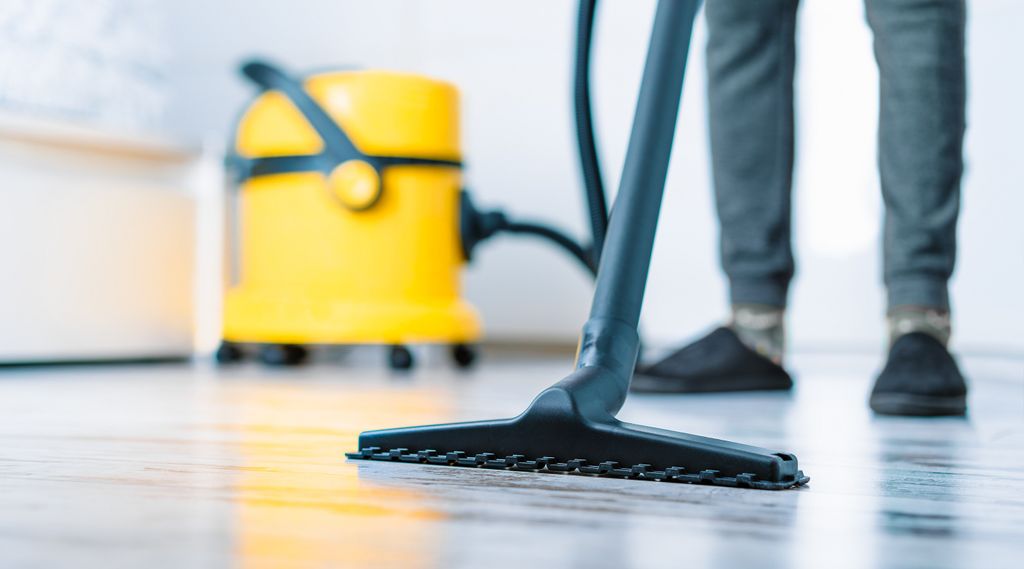






:max_bytes(150000):strip_icc()/replacing-a-sink-p-trap-2718773-hero-f3f65fbc400e41438c4d8280de025fc6.jpg)
